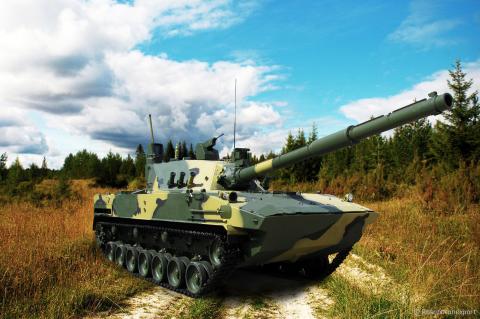Live Classes

The Defence Acquisition Council (DAC) Tuesday accorded Acceptance of Necessity (AoN) to procure the Very Short Range Air Defence System or VSHORAD (IR Homing) missile system, designed and developed by the Defence Research and Development Organisation (DRDO), among other weapon systems for the Army and Navy at a total cost of Rs4,276 crore.
The development comes amid the ongoing military standoff with China at the LAC in eastern Ladakh and reports of air violations by China along the LAC last year.
India has been in talks with Russia since 2018 to procure the Igla-S air defence missiles at a cost of $1.5 billion under the VSHORAD programme in a bid to replace the Russian Igla-M systems which have been in use with the Army.
However, defence officials indicated that there has been little progress on that front and it has been put on hold for now with the strong government pitch for atmanirbharta (self -dependence) in defence. The latest AoN granted to the procurement of the DRDO-developed VSHORAD testifies that.
What is the missile system?
Meant to kill low altitude aerial threats at short ranges, VSHORADS is a man portable Air Defence System (MANPAD) designed and developed indigenously by DRDO’s Research Centre Imarat (RCI), Hyderabad, in collaboration with other DRDO laboratories and Indian Industry Partners.
The DRDO, in September last year, conducted two successful test flights of the VSHORADS missile from a ground based portable launcher at the Integrated Test Range, Chandipur, off the coast of Odisha. As per the defence ministry, the missile—which is propelled by a dual thrust solid motor—incorporates many novel technologies including miniaturised Reaction Control System (RCS) and integrated avionics, which were successfully proven during the tests conducted last year. The DRDO has designed the missile and its launcher in a way to ensure easy portability.
How will this missile system help India?
When are they expected to be inducted?
The AoN (the Acceptance of Necessity) is the first step in the long capital procurement process in defence. Not all AoNs accorded necessarily culminate into a final order. However, with flight tests having taken place, defence officials estimate the missile systems can be delivered to the forces in another three to four years with industry support if the orders are placed on time.
MANPADS
What is Reaction Control System?
The Reaction Control System (RCS) is responsible for direction control and steering using the thrusters. The RCS system is capable of catalyzing in any desired direction or combination of directions. The RCS is also capable of providing torque to allow control of rotation (pitch, yaw and roll).
Defense Acquisition Council (DAC)
The Defense Acquisition Council was established in the year 2001 with the objective of ensuring speedy procurement of approved requirements of the Armed Forces. The DAC is headed by the Defense Minister. It is noteworthy that the DAC is the apex body of the Ministry of Defense to take decisions on acquisition related matters.
Defense Research and Development Organization (DRDO)
DRDO is the R&D wing of the Ministry of Defence, Government of India, which aims to empower India with state-of-the-art defense technologies. It was established in the year 1958 after the merger of the Technical Development Establishment (TDEs) of the Indian Army with the Defense Science Organization (DSO) and the Directorate of Technical Development & Production (DTDP).
Download pdf to Read More